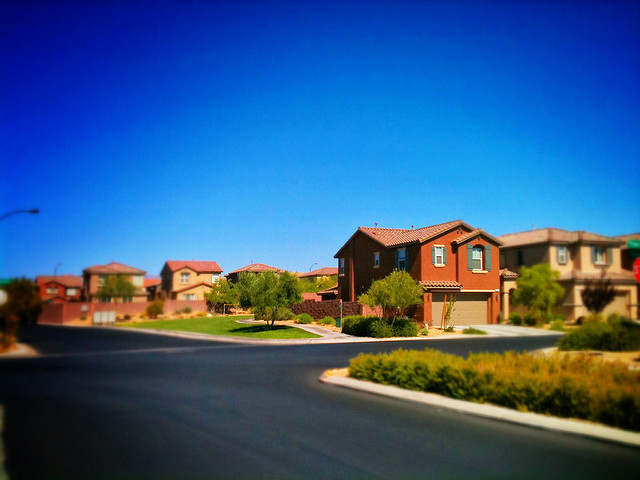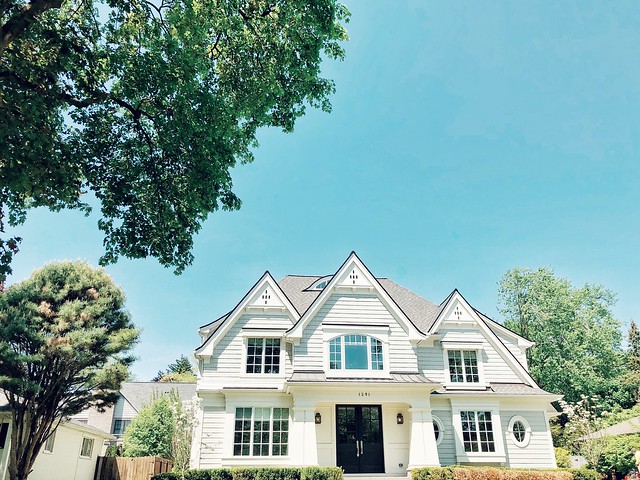According to the Mortgage Bankers Association’s Weekly Applications Survey, average mortgage rates increased last week from the week before. Rates were up for 30-year fixed-rate loans with both conforming and jumbo balances, loans backed by the Federal Housing Administration, and 15-year fixed-rate loans. Joel Kan, MBA’s associate vice president of economic and industry forecasting, says rates moved higher due to increasing optimism in the economy. “Increased optimism about the strength of the economy pushed Treasury yields higher following last week’s FOMC meeting,†Kan said. “Mortgage rates in response rose across all loan types with the benchmark 30-year fixed rate reaching its highest level since early July 2021.†Rates remain low, however, and last week’s increases barely slowed demand for loans to buy homes. In fact, demand for home purchase loans only fell 1 percent from one week earlier. The MBA’s weekly survey has been conducted since 1990 and covers 75 percent of all retail residential mortgage applications.













